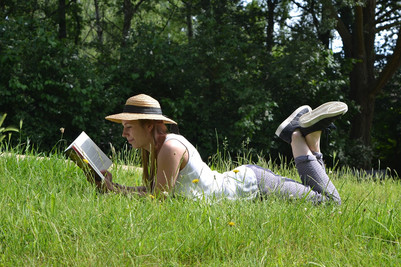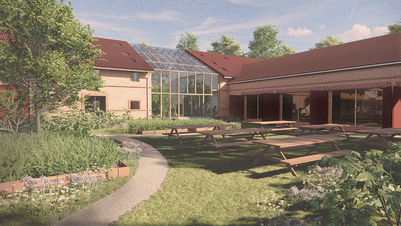
Article Abstract | Deane Simpson

Spaces and Measures between Welfare State and Security State
The departure point for this article is the perspective that spatial formats of Nordic welfare systems can be read as ‘welfare plastics’ – as welfare ‘frozen in matter.’ The article focuses upon public spaces and the public realm in their transformation as a ‘welfare plastic’ – after 2001, and particularly since 2011 – under the dynamics of securitization. Here the presence of expanding physical security measures in public space is investigated, in the context of existing theorizations of these developments as an articulation of the reorientation of the role of the state, and its welfare priorities, away from social security toward physical security (Graham, Kaspersen).
The article investigates public space transformation within the urban core of Denmark’s capital, Copenhagen, addressing the drivers, planning and implementation processes of adopting physical security measures (PSM); their impact in the spatial restructuring of the city; and their role in producing an evolving form of urban spatial politics and welfare.
By placing the contemporary spatial and material conditions and performance of particular spaces in 2020 in relief with those of the same spaces a half century earlier – in 1970 at the height of the so-called ‘golden-age’ of the Danish welfare state – the article attempts to draw out some of the implications of shifting urban welfare imaginaries and ideals readable from the welfare plastics themselves. The work draws upon fieldwork, analysis of photography, mapping, media reporting and public discourse, and interviews, in dialogue with related theoretical discourses on securitization.















